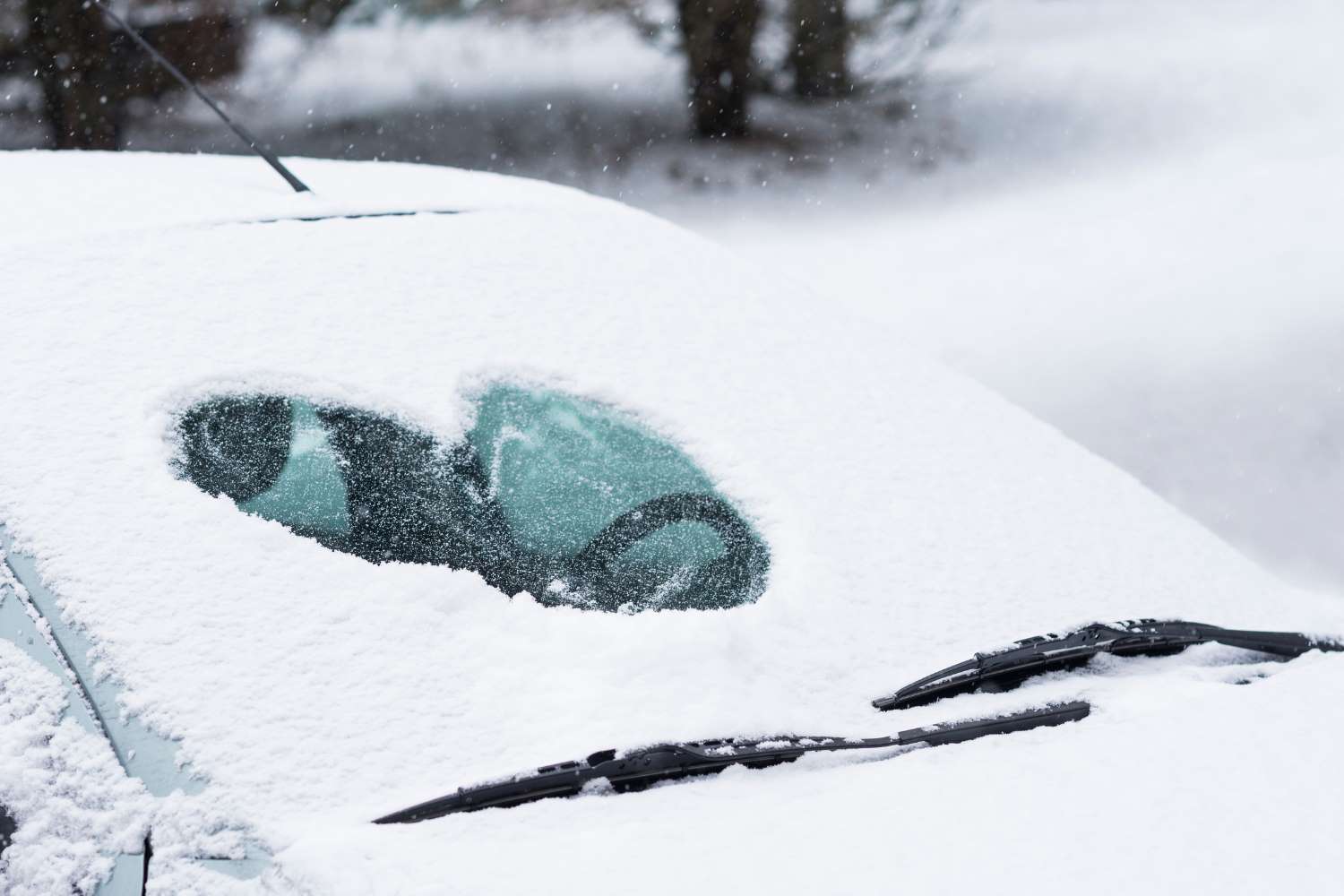If April showers bring the flowers, October snowfalls bring the phone calls – to local tire shops and the City’s Roads department, especially, as people start to panic at the first sign of the fluffy white stuff on city streets and pathways.
Unfortunately, according to the Farmer’s Almanac, Airdrie drivers can expect this winter to be “colder than normal”, with the coldest periods in mid-November through early December, early and late January, and late February. The snowiest periods will be in late November, mid- and late December, and late January.
Over at the City of Airdrie, Roads Team Leader Mike Avramenko and his crew are preparing for the war on winter with a fleet of seven plow/sanding trucks, two graders, three front-end loaders.
Airdrie follows a council-approved policy for winter road maintenance, says Avramenko, and has set five priority ratings for roads as follows: Priority 1: Arterial Roads, P2: Collector roads, P3: Rural roads, P4: City-owned parking lots and P5: Residential roads. There are three P1 routes and three P2 routes. All sanding trucks are dispatched simultaneously during a sustained snowfall event, with four crews working around the clock until early April. Additional staff (6) can be called in (utilizing staff on days off) if needed resources are required. The objective is to activate all trucks/equipment during a sustained snowfall event.
Residential service is limited to a straight blade plow to maintain rutting in the main carriageway and ice control (spot sanding) on hills, curves, playground zones and stop sign/yield sign areas.
Snow plowing operations begin in priority order upon a snow accumulation of five centimetres, he says. “When storms are continuous or follow closely one after the other, operations will be repeated or continued on the highest priority until completed before moving on to the next priority.”
The sanding material used is conducive to expected outcomes, says Avramenko. “The following factors are applied: current road/ambient temperatures, current road conditions, wind, current weather and next 24 hours of predicted temperatures. Salt is effective up to -12 Celsius. Calcium chloride is used as a pre-wet on the sanding chips. Occasionally, calcium will be directly applied to road surfaces (it’seffective up to -20 Celsius) to soften or melt hardpan (compacted frozen snow).
“It’s all about using the right product at the right time. Eight millimetre fractured sanding chip for traction, fine grain salt and/or liquid calcium chloride for melting.”
Last winter, he says, the City applied approximately 1,300 tonnes of sanding chips and 1,100 tonnes of salt on a budget of $2 million for winter road maintenance. “This could be more or less, depending on annual snowfall amounts.”
There are some things drivers can do to be prepared for winter’s snowy onslaught as well, such as taking the time to clear your windshields fully after a snowfall and swapping out the summer or all-season tires for genuine winter tires. Yes, Virginia, there is a difference, as the owners of several local tire shops (and this writer) will attest. Whether you need a new set of tires or just want to do a seasonal change-over, make sure to call ahead as they can be busy at this time of year.
If you’re a new driver or new Canadian, or even if you’d just like some specialized instruction, learning how to drive in winter conditions isn’t a bad idea either. Over at Sierra Driving School, Nazanin Vermahmoudi offers driving lessons all winter long, “due to the fact that Alberta has winter-like conditions more than half of the year.”
The best mind-set for winter driving: expect the unexpected, says Vermahmoudi. “Even if you have the right of way, please make sure the right of way has been given to you before you proceed. Also, braking in wintertime is different than in normal conditions, make sure you observe and start breaking earlier than you would in normal conditions. Accidents never call ahead and we need to be careful in any condition on the road.”
Some of the winter-specific driver training provided by Sierra includes extra safety rules to know for winter, how to start smoothly to avoid skidding, how to turn smoothly to avoid slipping, braking smoothly and how to start breaking sooner, how much distance to keep between your vehicle and the vehicle ahead of you during the winter, and much more.
“If you would like specific training for something,” says Vermahmoudi, “just let me know.”
Another thing drivers can do to help themselves and their passengers be safe is be prepared. Yes, that means having a winter emergency kit with you. The Alberta Motor Association (AMA) recommends the following items be included in a winter emergency kit, and even sells the kits online.
- 12-foot booster cables (6 gauge)
- All valuables removed card
- Multi-tool (26-in-1)
- Cotton gloves
- LED flashlight
- Survival tool
- First aid kit
- “Call Police” banner
- Shovel
- 2 reflective armbands
- Reflective triangle
- Hand/foot warmers
- Blanket
- 2 Bungee cords
- Poncho
- 2 Cable ties
- 2 Tea light candles
- Duct tape
- Waterproof matches
- Safety flag






